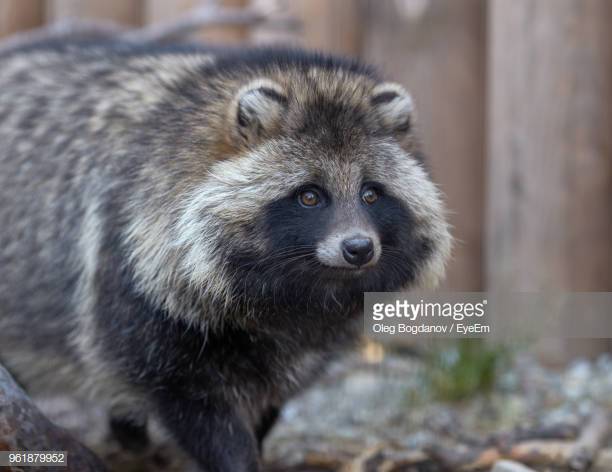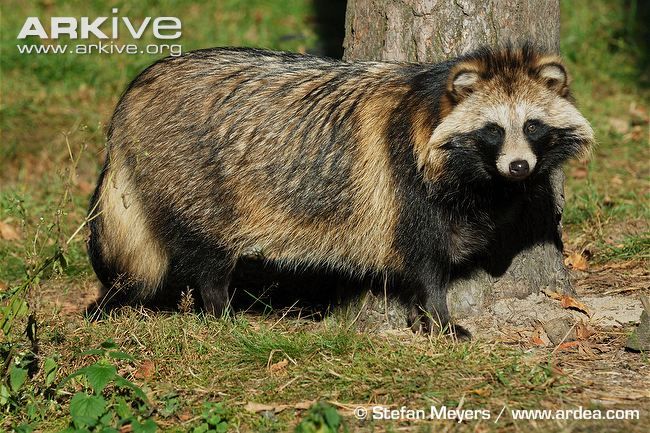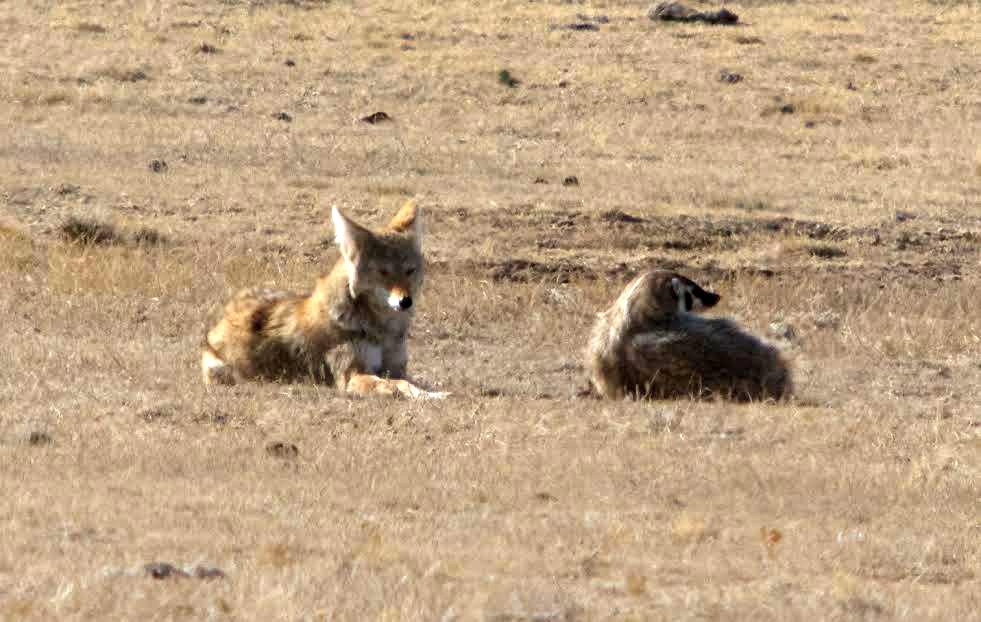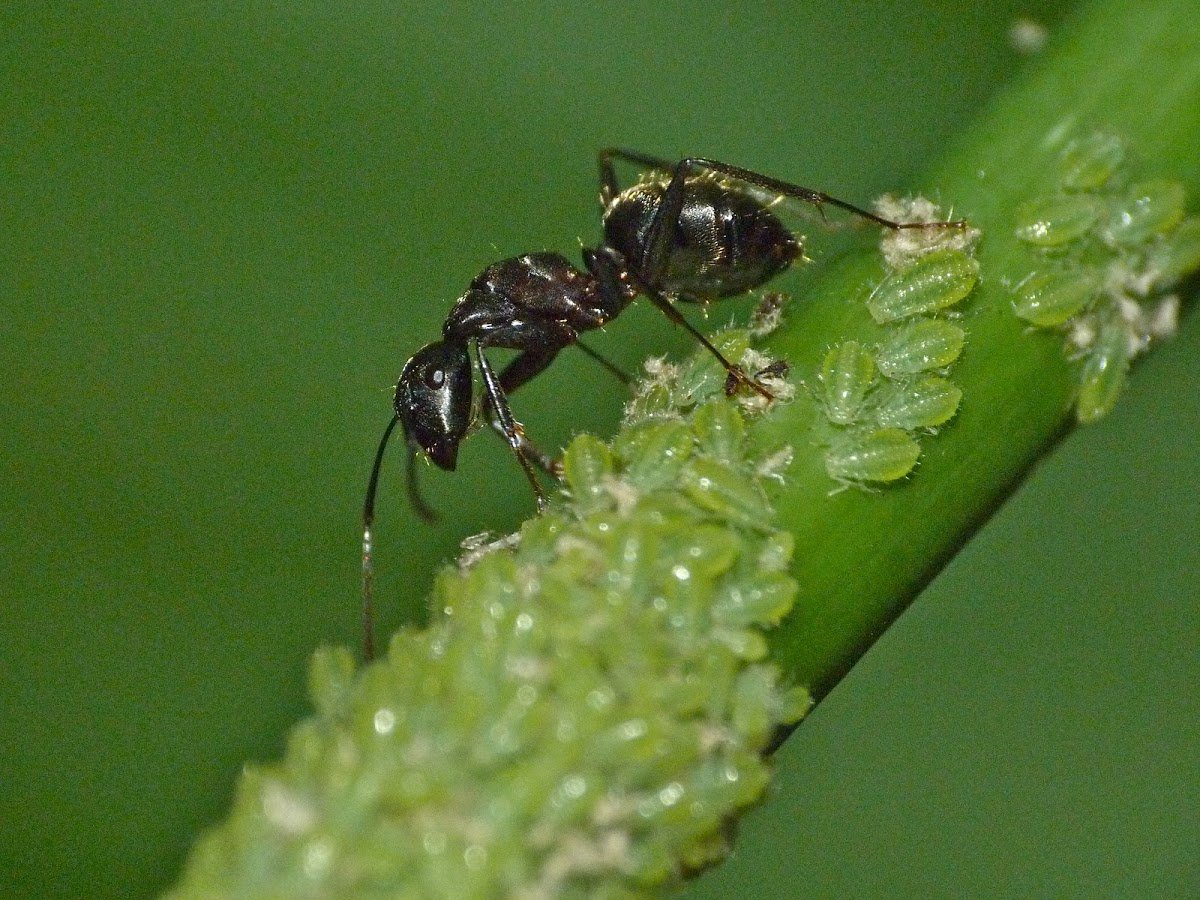
NEXT UP: #3 Mountain Tapir (Tapirus pinchaque) vs #6 Jaguarundi (Herpailurus yagouaroundi)! Collaborative battle by me and @annewhilborn with genetics by @sexchrlab #2021MMM 

@AnneWHilborn @sexchrlab Mountain Tapir can be active any time of day, unlike other tapir species which are mostly nocturnal. Activity levels depend on elevation, with more foraging occurring throughout the day in secondary forests below 3000m. (tinyurl.com/4dfrvh9f) #2021MMM
@AnneWHilborn @sexchrlab Mountain Tapir spend lots of time at mineral licks & eating clay for salt, silica, & copper. It is thought these minerals are needed to neutralize plant defense compounds! (tinyurl.com/3tebfhvt) #2021MMM 

Jaguarundis are diurnal, and therefore are easier to see than other felid species. Consequently people intially thought they were quite common. In reality they are an 'uncommon low density species' #2021MMM iucnredlist.org/species/pdf/50…
Jaguarundis have two color morphs. Our contestant is of the more boring grey/dark morph, though one of his littermates was an attractive foxy red #2021MMM
https://twitter.com/whapavt/status/715526002621997056?s=20
Our battle is once again Sangay National Park in Ecuador. This is home turf of the Tapir. Jaguarundis don't live in Sangay, but since they are habitat generalists, our cat is not particularly phased by the unfamiliar place, though it is colder than he is used to. #2021MMM 

Mountain Tapir is selecting the best plants to chomp using bristles on the end of its proboscis & a keen sense of smell. Tapir can navigate in the dark using smell alone, but now it catches the scent of a feline predator.... #PlantCarnage #2021MMM 
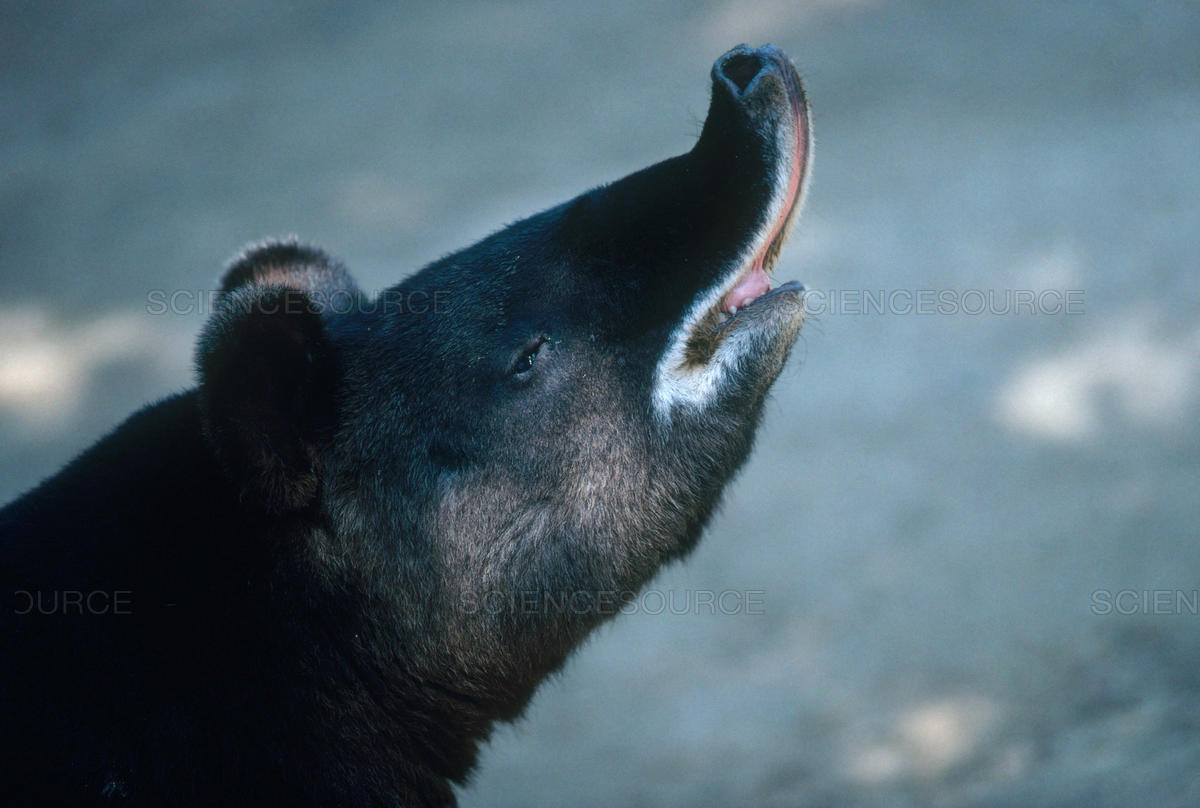
Jaguar are frequent predators of Mountain Tapir, & not to be taken lightly. The smell of this cat is different than jaguar, however the Tapir is still on guard. #2021MMM
Jaguarundi is also sniffing, & detects the rich base notes of tapir. Familiar w/ tapirs from his home forest, he turns his attention to an ocelot latrine at the base of a tree. These latrines serve as mammalian communication hubs (tinyurl.com/42vppt36) #2021MMM
SNIFFFFFFFF! Jaguarundi's nostrils fill with strong Eau De Ocelot suggesting one has been here far too recently for the Jaguarundi's liking. #2021MMM
Ocelots are 2x his size and extensive dietary overlap between them suggests intraspecific competition and #CARNAGE, as cats widely engage in intraguild predation. (Caro and Palomares 1999) tinyurl.com/y63jujwt #2021MMM
The Jaguarundi knows discretion is the better part of valor when it comes to ocelots. Jagurundi exits stage right. This "Ocelot Effect" is seen with many smaller cat species (de Oliveira et al. 2010) #2021MMM tinyurl.com/39d5udam 

Tapir, having determined that no jaguars are around and being impervious to any ocelots or their effects, keeps munching placidly #2021MMM
TAPIR IGNORES JAGUARUNDI!!!! #2021MMM
• • •
Missing some Tweet in this thread? You can try to
force a refresh





